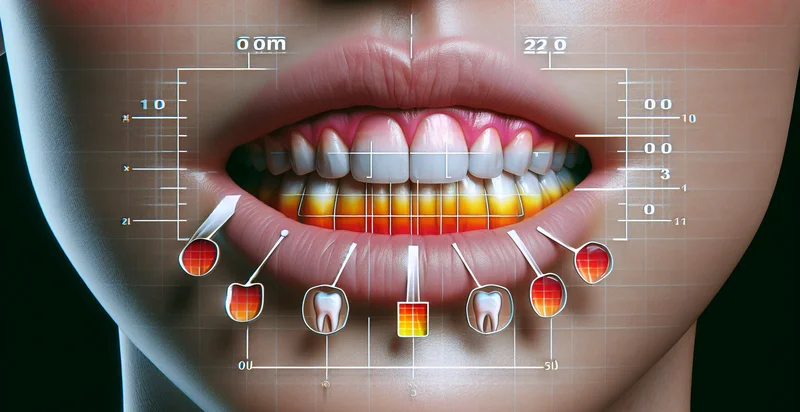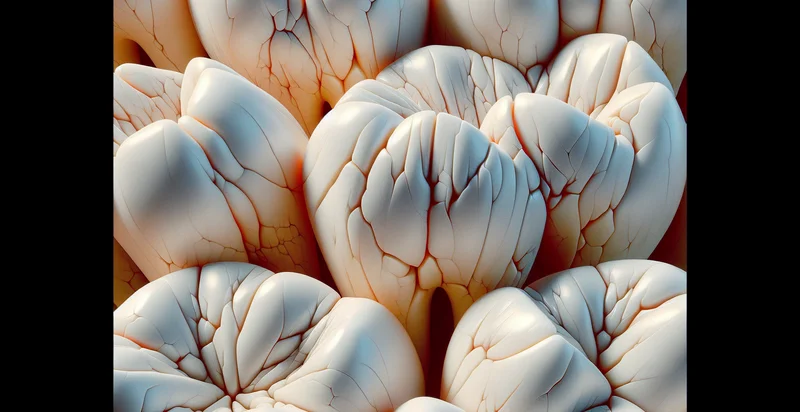Identify tooth pain level
using AI
Below is a free classifier to identify tooth pain level. Just input your text, and our AI will predict the level of tooth pain you are experiencing - in just seconds.

Contact us for API access
Or, use Nyckel to build highly-accurate custom classifiers in just minutes. No PhD required.
Get started
import nyckel
credentials = nyckel.Credentials("YOUR_CLIENT_ID", "YOUR_CLIENT_SECRET")
nyckel.invoke("tooth-pain-level", "your_text_here", credentials)
fetch('https://www.nyckel.com/v1/functions/tooth-pain-level/invoke', {
method: 'POST',
headers: {
'Authorization': 'Bearer ' + 'YOUR_BEARER_TOKEN',
'Content-Type': 'application/json',
},
body: JSON.stringify(
{"data": "your_text_here"}
)
})
.then(response => response.json())
.then(data => console.log(data));
curl -X POST \
-H "Content-Type: application/json" \
-H "Authorization: Bearer YOUR_BEARER_TOKEN" \
-d '{"data": "your_text_here"}' \
https://www.nyckel.com/v1/functions/tooth-pain-level/invoke
How this classifier works
To start, input the text that you'd like analyzed. Our AI tool will then predict the level of tooth pain you are experiencing.
This pretrained text model uses a Nyckel-created dataset and has 16 labels, including Acute, Chronic, Constant, Dull, Extreme, Frequent, Intermittent, Localized, Mild and Moderate.
We'll also show a confidence score (the higher the number, the more confident the AI model is around the level of tooth pain you are experiencing).
Whether you're just curious or building tooth pain level detection into your application, we hope our classifier proves helpful.
Related Classifiers
Need to identify tooth pain level at scale?
Get API or Zapier access to this classifier for free. It's perfect for:
- Patient Triage System: The 'tooth pain level' identifier can be integrated into a patient triage system, allowing dental clinics to prioritize patients based on their reported pain levels. This ensures that those in severe pain receive immediate attention, improving patient satisfaction and treatment outcomes.
- Telehealth Consultation Tool: In telehealth platforms, the identifier can assist dental professionals in assessing the urgency of a virtual consultation. By evaluating the patient's reported pain level, practitioners can provide tailored advice and determine whether an in-person visit is necessary.
- Insurance Claim Assessment: Insurance companies can utilize the pain level identifier to streamline claims related to dental procedures. By correlating reported pain levels with treatment requirements, insurers can better assess the legitimacy of claims and expedite approvals.
- Personalized Treatment Plans: Dental practitioners can leverage the 'tooth pain level' identifier to develop personalized treatment plans for patients. By understanding the severity of pain, dentists can choose appropriate interventions, ranging from minor treatments to more extensive procedures.
- Patient Education and Engagement: The identifier can be used in patient education programs to better engage individuals in their dental health. By correlating pain levels with specific conditions, patients can receive customized information about pain management and prevention techniques.
- Research and Data Analysis: Dental researchers can incorporate the 'tooth pain level' identifier in studies investigating the correlation between pain and various dental conditions. This data can yield insights into better treatment modalities and improve overall dental care practices.
- Post-Operative Monitoring: The identifier can be used in post-operative care to monitor patients' pain levels after dental surgery. This allows dental professionals to promptly address complications or manage pain more effectively, enhancing recovery experiences for patients.


